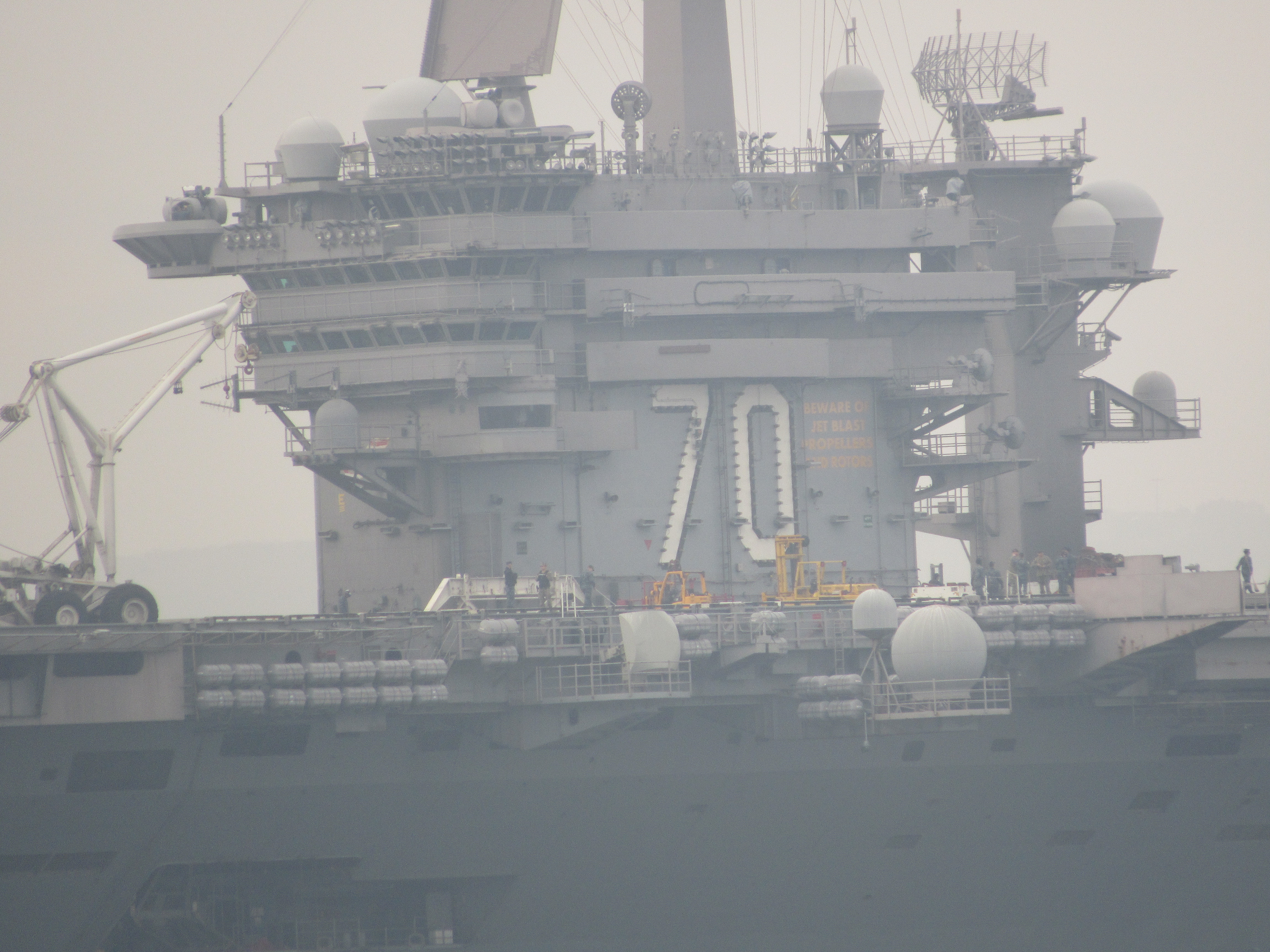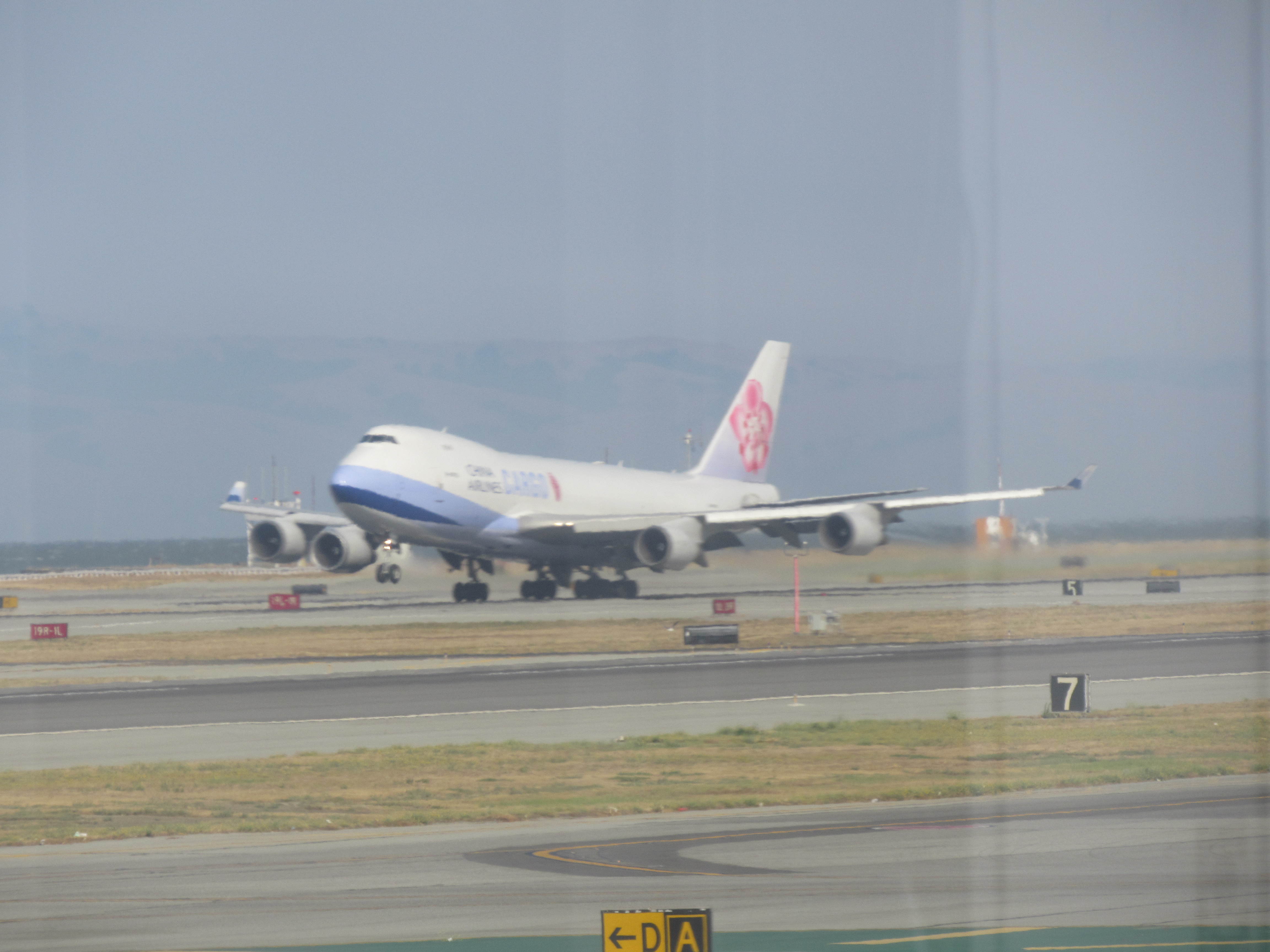
Background articles on:
- Jumbo jet that opened up international travel to the masses reaching end of production run
- Background on why B-52 has been around for 50 years and will still be in service after other heavy bombers have long since retired
- New F-35C deploying to the fleet
9/8/20 – Wall Street Journal – The Jumbo Jet Was the Pinnacle of Air Luxury – Now It’s Days Are Numbered – Boeing will shut its 747 production line in 2022 when the last of the already ordered freighters is completed. Airbus will close its A380 super jumbo line in 2021 when the last dozen planes are finished. The double-decker A380 was designed as the peer-to-peer competitor to the 747.
Article has lots of fun stats on both planes. I will provide some of the fun detail:
The 747 was the revolutionary jumbo jet. It opened up international travel to the masses. It was a major part of the rapid expansion in air travel.
The 747 debuted in 1969. The A380 in 2000 with first commercial flight in 2007.
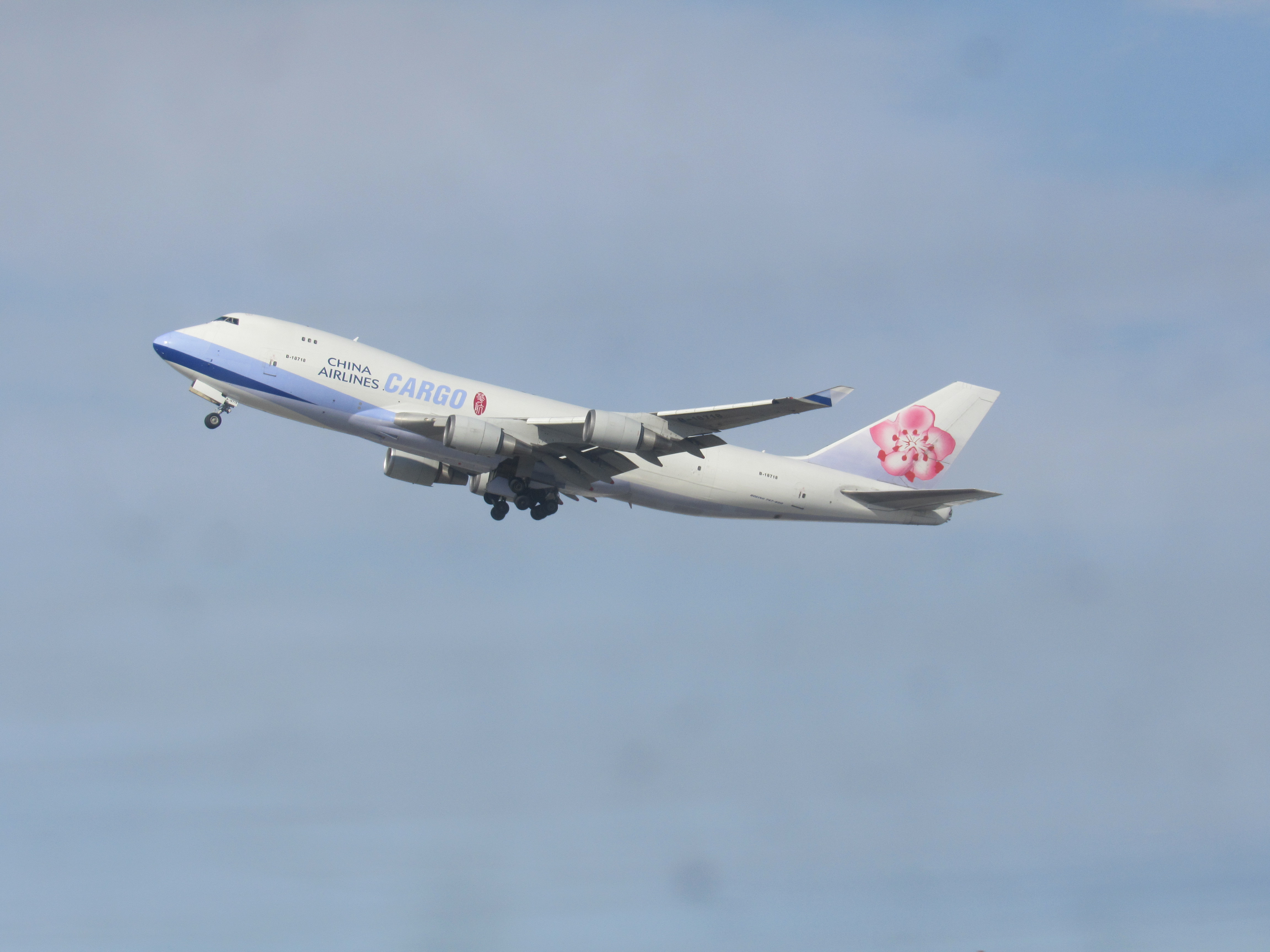
Over 50 years there have been 1,556 747s produced. Forecast for the A380 had been 1,200 planes but only 242 have been delivered.
Seating capacity:
- 747 – over 415
- A380 – 550
- Near competitors are:
- 787 – about 300 seating
- A350 – 350 to 400
- 777 – almost as much is a 747
Over time the strategy used by airlines has changed. If lots of traffic is going to hubs then huge planes like the 747 and A380 are key for operations, especially in Europe. With the increased range of planes the flights can go directly from origin to destination without a stopover in a major hub. Thus the 787 and A350 have the legs to cross the Atlantic or Pacific direct to the destination without stopover.
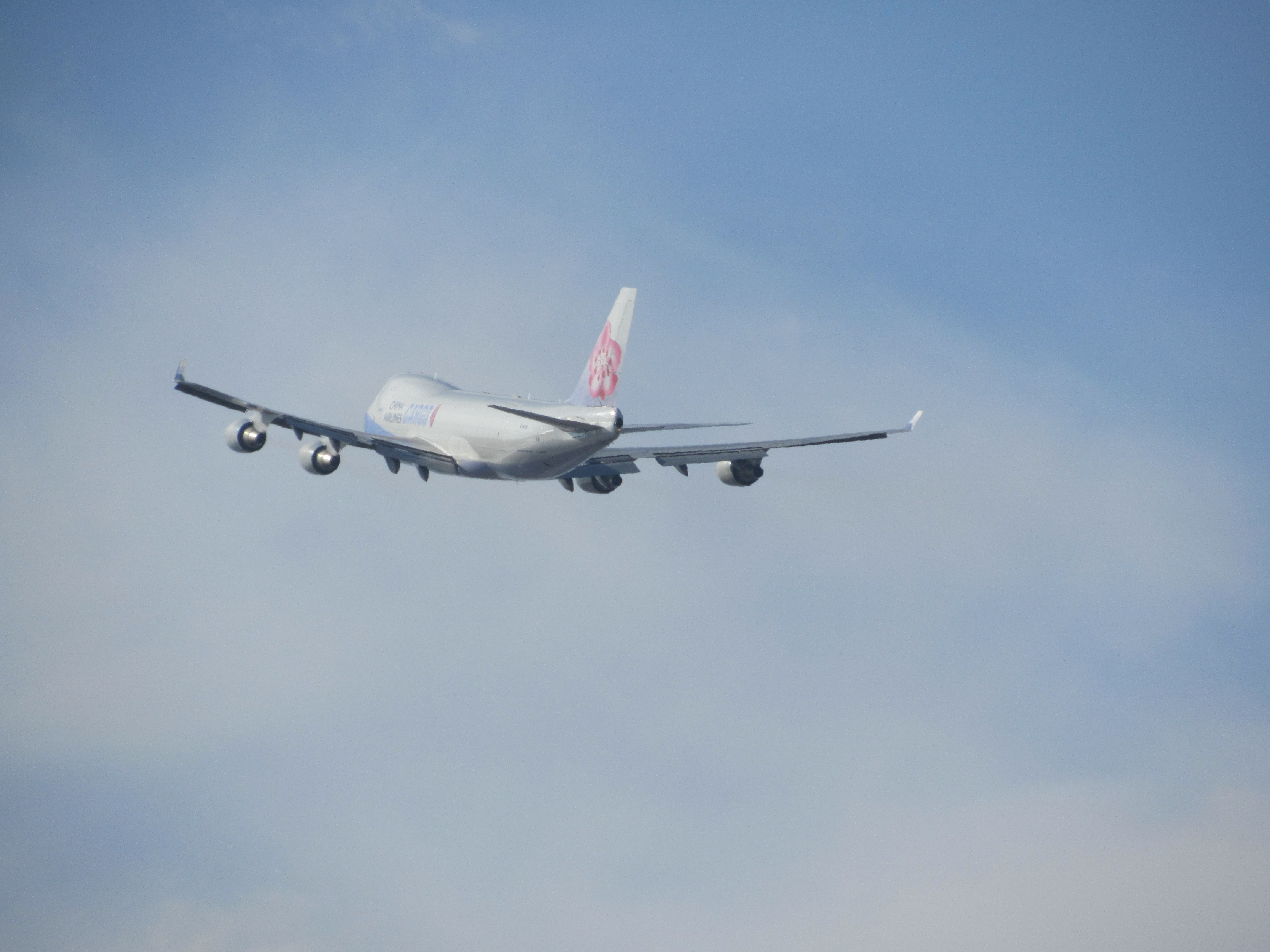
1/26/20 – Strategy Page – Murphy’s Law: The Everlasting Evolving Bomber – Long discussion on the B-52, in particular how the strategy for its employment has evolved over time. Most insightful is explanation that the B-52, which was designed for high-altitude subsonic flight, does not get the supersonic or high maneuverability wear and tear of other aircraft.
It doesn’t twist and turn like fighters. It doesn’t have movable wings like the B-1A or B-1B. It doesn’t get the increased wear and tear of supersonic travel like plenty of other aircraft.
Regular extensive upgrades have brought the B-52 to the place where much of the airframe (but not all) is 50 years old but all of the avionics, electronics, and bomb mounting hardware is recently upgraded.
Article says the B-52 has been tasked with gravity nuclear bombs for over a decade. It would not do well over a defended target and the use of cruise missiles makes it unnecessary to be directly over target.
Intriguing concepts about stealth aircraft and heat sensing being the cutting-edge strategy of air war. Since so many stealth aircraft are going to be around the effort now for defense is heat sensing detection for aircraft. This will allow sensors on the ground to detect opposing aircraft by the heat signature specifically exhaust, instead of a radar return.
The heat sensing technologies are being built into fighters, since an aircraft you cannot see by its radar return will be extremely visible as it emits radar to search for targets. Thus, fighters are going to have advanced heat sensing capabilities so they don’t give themselves away as they are looking for targets.
Soon, the first thing you know that there is a fighter in the area is a missile heading towards your exhaust at high supersonic speed. All you will know about the launching aircraft is its location half a minute ago and that it is still around somewhere nearby getting ready to fire at you again.
In World War II tacticians learned that using a bunch of B-17s with each one carrying 24 of the 500 pound bombs could devastate an entire German Panzer division. Likewise troops underneath such a carpet bombing would either be dead, dazed, or quickly exiting the area trying to regroup.
Until recently a B-52 could carry over 100 bombs in the 500 pound category. During the Vietnam War air war technicians learned a dozen fully loaded B-52s could wipe out a concentrated division of troops. The “Arc Light” missions taught the North Vietnamese and Viet Cong to disperse their troops widely lest a whole division become combat ineffective in a minute or two.
Article says that after the Vietnam War the B-52 was essentially used not as a nuclear bomber but held in reserve for future “Arc Light” type missions.
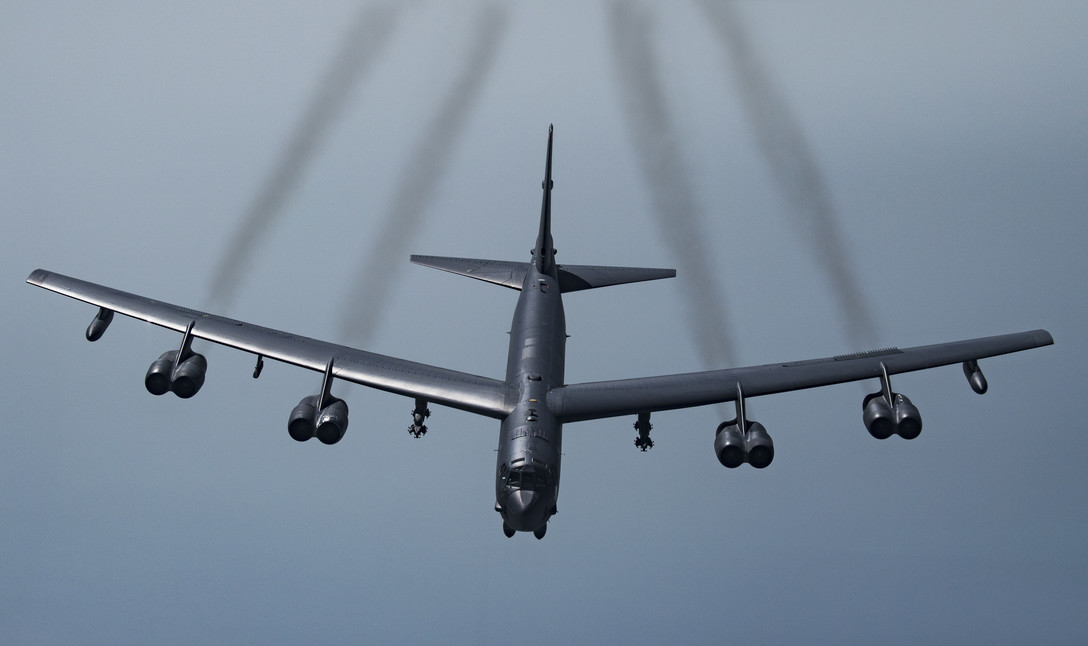
In Iraq and Afghanistan, the B-52 became a bomb truck, able to loiter for hours with 100 bombs available for whatever troops in whatever part of the country needed support, like, right now.
Development of the small diameter bomb with smart capabilities allowed the B-52 to carry even more bombs (quick check of a few articles does not reveal how many may be carried but I’ll make a wild guess it is more than 150) and be able to deliver each of them with high accuracy. I’ll make another wild guess that one B-52 with small diameter bombs (weight 250#) with smart targeting capability can deliver the punch of four or five B-52s with “dumb” 500# bombs.
Article says the per hour operating costs on a B-52 are lower than any of the other bombers and its availability is higher.
Article also has good background on the B-1B (high-altitude standoff capacity) replacing the B-1A (low altitude deep penetration to target capacity) and why the B-2 will be replaced soon by the B-21.
Because of its lower opening cost, higher availability, and ability to operate as a high-capacity bomb truck the B-52 will be around a long time after the B-1Bs and B-2s are long retired.
Obviously, I recommend you read the whole article.
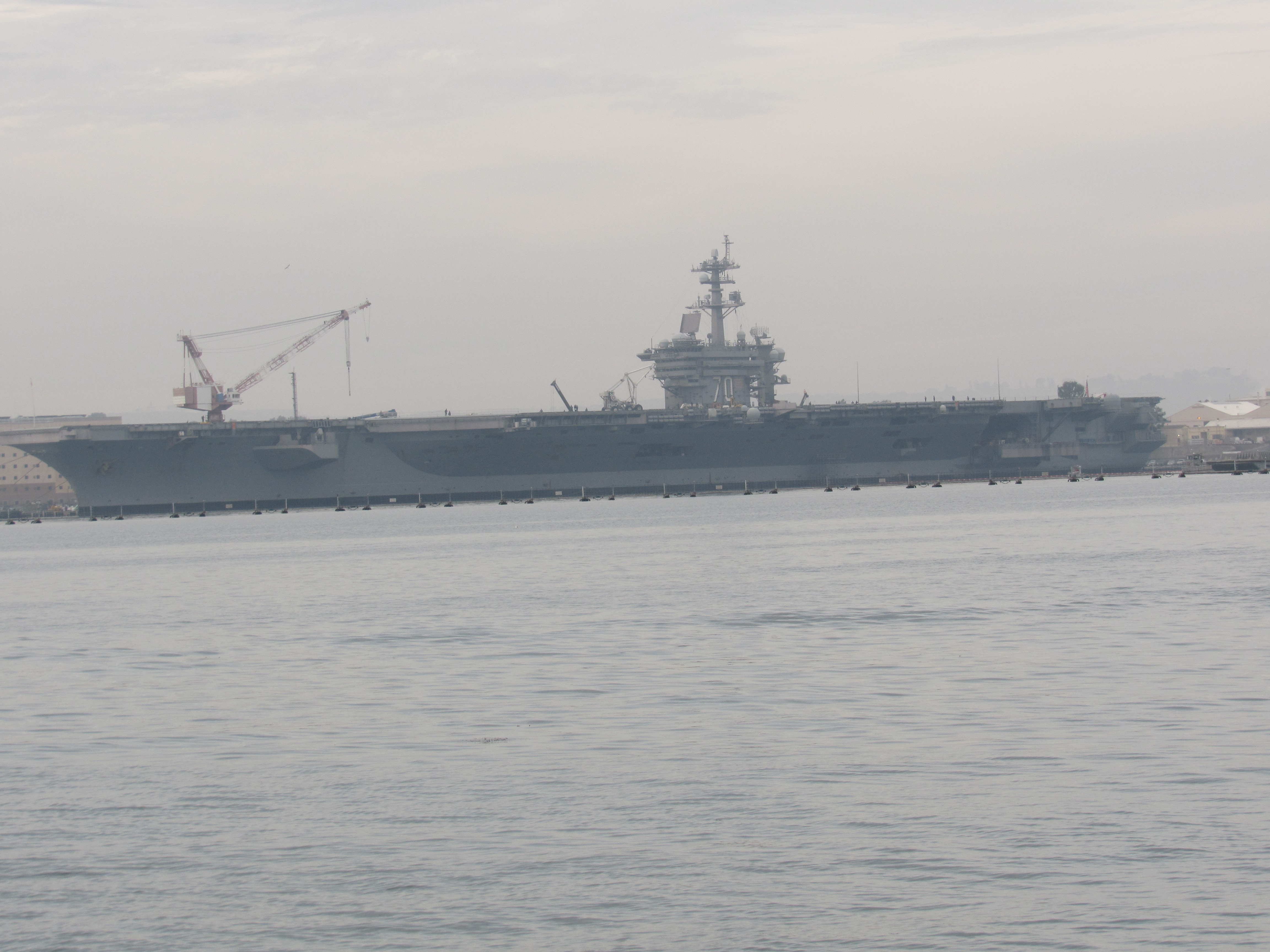
9/24/20 – USNI News – video: USS Carl Vincent Preparing for First F-35C, “Advanced Care Air Wing” Deployment – The carrier, based in San Diego, is going to work up as it prepares to take on the first squadron of F-35 C Joint Straight Fighters, the brand-new fifth-generation fighter.
It will also take on a squadron of CMV-22B Ospreys, which will replace the C-2A Greyhound as the carrier on board (COD) aircraft. The V-22 has huge propellers on a wing which will swivel switching the aircraft from helicopter operation mode to fixed wing mode. Very cool to see.
Why the Ospreys? Engines on the F-35C are too big for the C-2a, thus the C-2a is getting replaced.
The radically upgraded carrier will consist of
- F-35C Lightning II – fighter
- E-2D Advanced Hawkeye – airborne radar
- EA-18G Growler – electronic warfare
- F/A-18E/F Super Hornets – fighter and attack
- CMV-22B Ospreys – carrier onboard delivery
- helicopters – variety of models and purposes, which is not focus of this article
